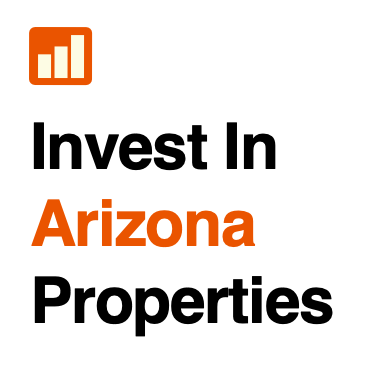Q: What are ARMs (Adjustable Rate Mortgages)?
A: Adjustable-rate mortgages “are tied to an index which is a measure of the lender’s cost of borrowing money. As the index rises, so will the interest rate on the adjustable loan,” according to Dian Hymer, author of “Buying and Selling a Home, A Complete Guide,” Chronicle Books, San Francisco; 1994. v Common indexes include Treasury Securities (T- Bills), Certificates of Deposit (CDs), and Libor (London inter- bank offering rate). Most metropolitan newspapers publish current ARM index rates. The interest rate and payment adjustments may or may not be scheduled to change at the same time. For example, the interest rate on some plans changes more frequently than the monthly payment, which may result in negative amortization. “This means that the additional interest will be added to the principal balance of the loan and may accrue additional interest itself,” Hymer says. If the monthly payments on an ARM are increasing, generally this is because the index is rising or it is a negative amortization ARM. People with adjustable-rate mortgages wanting to know how their payments are calculated might contact their lender or review the language in their loan agreement.
